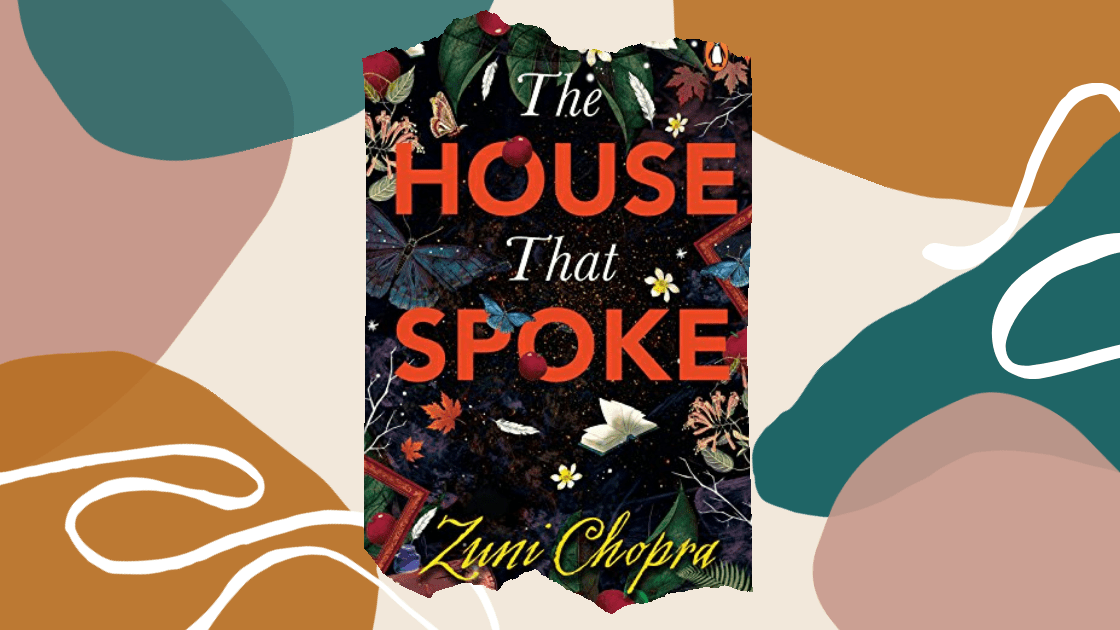June is celebrated as Lesbian, Gay, Bisexual, Transgender and Queer Pride Month to honor the 1969 Stonewall Uprising Movement. We bring to a suggestion list of five books around and about LGBTQ lives to read by Indian authors. For more such videos, please subscribe to the YouTube channel.
To show your support, you can also take part in the #21DaysAllyChallenge being run by Pride Circle.
Music: Bleach
Musician: anatu
URL: https://icons8.com/music/




















